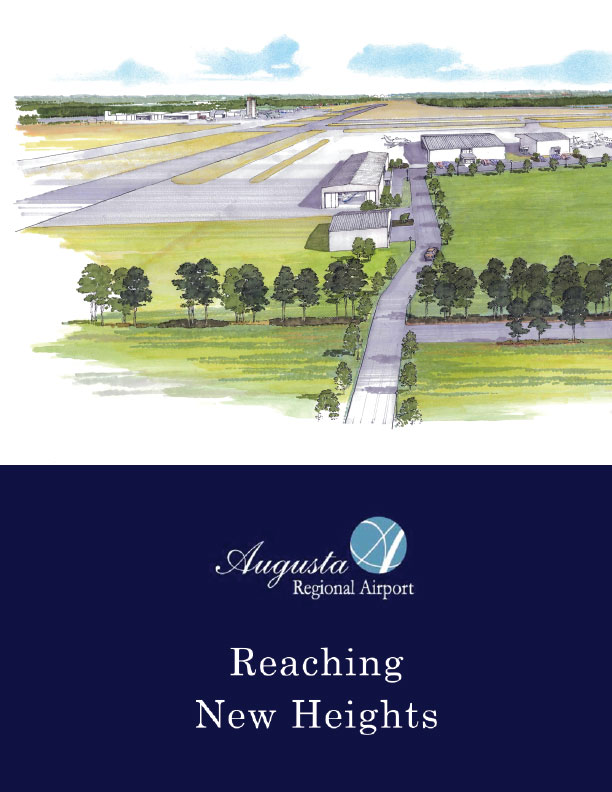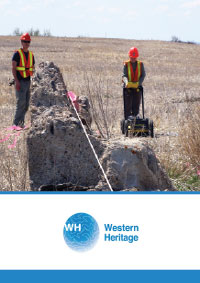Growth and Opportunity
Located in Saskatchewan,a mere 14 kilometres north of Saskatoon, is Warman–once of the provinces fastest growing Cities. According to 2011 census, Warman experienced a 48.5 per cent population increase over the span of five years− a trend that has continued since that headcount.
“We continue to grow at an incredible rate,” says Josh Welz, Warman’s Economic Development Officer.”I believe we’re the fastest growing City in Saskatchewan.On the very liberal end, we’re projected to see a growth rate of 12.16 per cent over the next ten years. So we continue to see an increase in population and I think it’s largely because of the way that we’ve been planning the community. Two new schools, which are slated to break ground this June are testament to this.â€
“They’re going to make up part of our new Traditions neighbourhood,” adds Brad Toth, Manager of Planning and Development.”We’ve just started to break ground on Traditions this year, which will be home to approximately 8,000 people when it’s fully built.It will include the two new elementary schools Josh mentioned− a public school and a Catholic school −which will start construction this June and be attached by some common areas and a daycare centre in the middle.”
Warman’s commercial retail sector is also continuing to grow at a “good pace.” Last year, the City welcomed over 20 new storefront businesses ranging from fast food restaurants such as Taco Time and Dairy Queen, to smaller privately owned companies such as a chartered professional accountant’s office, and larger national chains like a Royal Bank of Canada branch and a Saskatoon Co-op food store outlet.
“It’s been really exciting on the commercial front for us,” says Josh.”The biggest and most recent news that we announced this past fall is the new hotel development in Warman. The hotel, which should be breaking ground soon, will be located right across from the Legends Centre. This is a fantastic fit for the community in terms of location, while also being an amenity that’s greatly needed here. Filling this need helps keep people within the community happy and drives others to come out here and see that we’re moving into our own.”
To facilitate further economic development, the City of Warman is currently seeking to create more job opportunities so residents don’t have to commute to nearby Saskatoon or Martensville for work. Josh outlines the compelling incentives the City has in place to attract prospective businesses.
“We have the lowest corporate tax rate in all of the region and surrounding areas,” he says.”We have a competitive tax abatement program, so businesses can receive up to $750,000 abated on new construction costs and renovation costs across a five-year span. Moreover, we have a City Council and a City administration that’s very pro-business.”
“For a prospective business to come here, you’re not only looking at tax savings and upfront cost savings, but you’re also looking at getting long-term support. When you open your business in Warman, you’ll be supported not only by the community, but by the administration and public officials as well.”
Planning for growth
According to Brad, there are a number of reasons why Warman’s population continues to boom. In particular he cites the substantial amount of green space allocated within the City’s subdivisions. Not only do the green spaces add to the region’s natural beauty, but they also connect eachresidential development with the rest of the City. He also points to Warman’s recreational amenities as a strong advantage driving growth in Warman; most notably the Legends Golf Course.
“It’s an 18-hole championship course and it’s one of the best in Saskatchewan − there are a lot of people in the province who want to live near a facility like that,” he proclaims. “In the South, we’re currently working on redeveloping Prairie Oasis Park: our largest district park, which will be a $5 million redevelopment. When it’s complete, it will include a skateboard park, BMX track, six ball diamonds, concession and washroom facilities, an RV park, a couple of new playground structures, a walking path and a new lake as well.”
“More to the point, one of the things we pride ourselves on is planning for growth,” Josh adds.”As soon as you step into Warman, you’ll notice the difference. The communities are planned and they look beautiful − not only aesthetically, but they flow nicely and work very well with the green spaces and existing buildings. I think the big thing that people get when they come out here is that sense of community. It might sound cliché, but that’s really what you get − a City that feels like a community.”
That planning for growth has yielded tremendous results since being put into effect and continues to be Warman’s modus operandi moving forward. The City recently hosted an open house to unveil their official community plan over the next twenty years, which was “very well received” by the 200 or so attendees.
“We’ve been working hard over the last two years to put together a new future growth map to outline the areas the City is looking to grow into, which is primarily to the North and South ends of the City,” Brad explains.”It also outlines future population projections and policies for council to look at − everything from economic development to recreational development to sustainability.”
“This type of planning was a great exercise for the City to go through because it allows us to prepare for our major growth areas and the infrastructure needed to support over a period of 20 to 25 years. We used some pretty ambitious growth rates in that plan− 4, 6 and 8 per cent − solow, medium and high respectively.And even though we’re planning for 30,000 people in thirty years, whether we hit that number in ten years or 30 years, it doesn’t really change the plan − it just changes when we would make that investment in the infrastructure needed to support that population.”
“Generally speaking, whether we’re looking at our stormwater system, wastewater system or our potable water, we’re in a position right now to double our population, and we’ve got the roadmap for what’s going to need to happen to go above and beyond doubling our population. So we’re already looking at that next step to facilitate that growth.”
Becoming self-sufficient
In conjunction with their aforementioned community plan, Warman is in the midst of collaborating with the City of Saskatoon, the RM of Corman Park, the City of Martensville and the Town of Osler to create a regional servicing and land use plan − called Partnerships for Growth (P4G) − that would see the region’s population grow to one million upon completion.
“All of the municipalities have contributed equally based on population,” says Brad.”The plan will end up costing about $1 million. Work has started this year and we hope to have the plan completed by June of 2016. That’s a pretty ambitious timeline, but we’re hoping that what comes out of that plan is basically a roadmap not only for each individual City, but the region in general.”
“We’re seeing a lot of options for cost savings when we look at shared infrastructure, whether it be shared wastewater facilities, shared stormwater management systems or compatible land uses, so we’re hoping that plan will direct the councils appropriately in the future when they’re looking at allocating infrastructure funding.”
With these plans and partnerships in place, the City of Warman is well-positioned to continue their exponential growth in the coming years, both in terms of residential population as well as commercial and industrial activity.
“From an economic development standpoint, the future for us is becoming that sustainable, standalone City − a City that our residents can live, work and play in,” Josh concludes.”It might be cliché, but if we can create and attract enough business here so that our residents can work in the City that they live in, and then afterward be able to have amenities to play in, that to me is the ultimate goal for Warman.”









